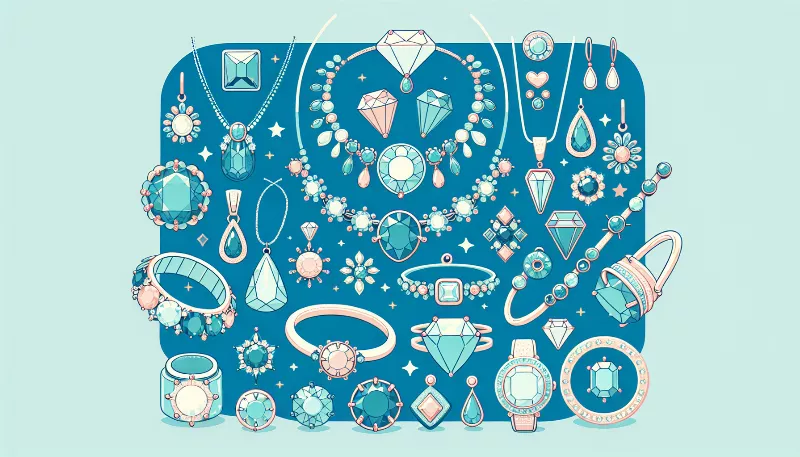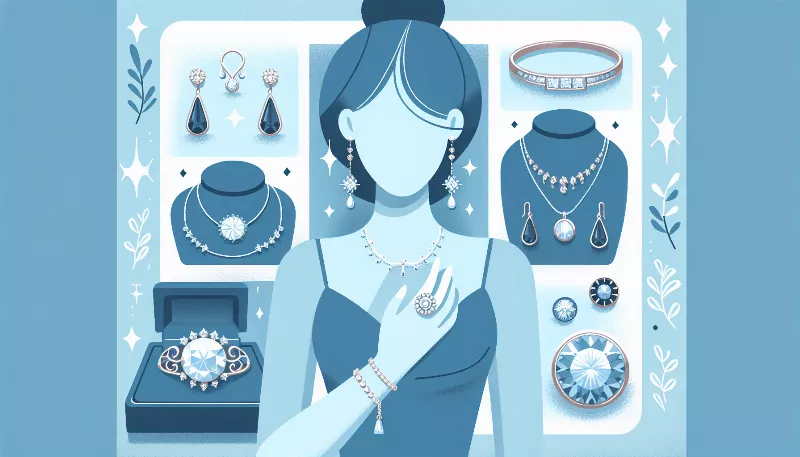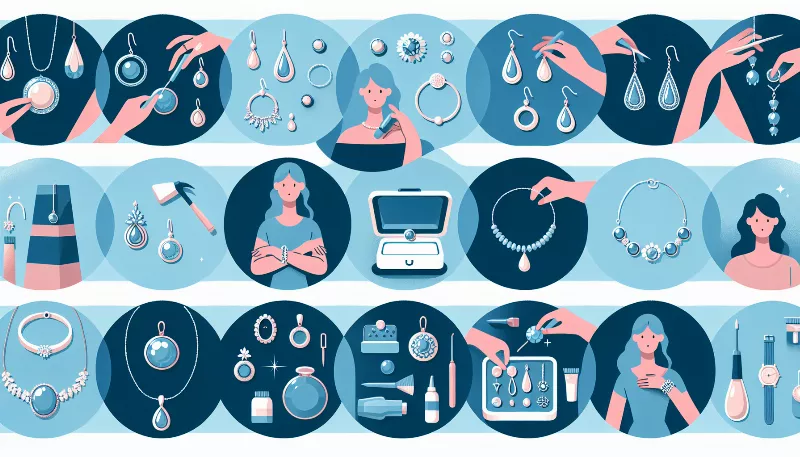What are the main differences between gold and silver jewelry in terms of durability?
Discover the durability secrets of gold vs. silver jewelry. Learn which metal withstands daily wear better and makes the perfect long-lasting accessory!

Gold vs. Silver Jewelry: A Durability Duel
When it comes to choosing the perfect piece of jewelry, the sparkle and allure of gold and silver have captivated hearts for centuries. But beyond their lustrous beauty lies a question of endurance: which metal wins the durability duel? Let's dive into the fascinating world of these precious metals and uncover the secrets behind their resilience.
The Eternal Shine of Gold
Gold, the epitome of luxury, is not just a symbol of wealth and status; it's also renowned for its remarkable durability. This noble metal boasts an incredible resistance to rust, tarnish, and corrosion. Unlike other metals, gold's chemical stability ensures that it remains untarnished by oxygen, moisture, or even most acids. This means that your gold jewelry will maintain its radiant glow through the years, making it a timeless treasure in your collection.
Moreover, gold's malleability is a double-edged sword. While it allows for intricate designs and delicate craftsmanship, it also means that gold is softer and more prone to scratches and dents. Higher karat gold jewelry, with its greater purity, is particularly susceptible to wear and tear. However, this can be mitigated by opting for lower karat gold alloys, which incorporate other metals like copper or silver to enhance strength and durability.
Silver's Lustrous Longevity
Silver, with its cool and sophisticated sheen, is another popular choice for jewelry. However, when it comes to durability, silver presents a different set of characteristics. Sterling silver, the standard for jewelry, is an alloy composed of 92.5% silver and 7.5% other metals, usually copper. This blend is purposefully designed to increase the metal's hardness and durability. Even so, silver is still softer than many other metals and can scratch and deform over time.
One of the main challenges with silver jewelry is its tendency to tarnish. Exposure to air and sulfur-containing substances can cause a thin layer of silver sulfide to form on the surface, leading to a loss of luster and a darkened appearance. Regular cleaning and proper storage are essential to keep silver jewelry shining brightly. Despite this, many people appreciate the patina that develops on silver, seeing it as a character-enhancing feature that adds to the jewelry's story.
Choosing Your Champion
In the battle of durability between gold and silver jewelry, both have their strengths and vulnerabilities. Gold offers unparalleled resistance to tarnishing and corrosion, while silver requires more care to maintain its shine but can be strengthened with alloys. Ultimately, the choice between gold and silver jewelry should be guided by personal preference, lifestyle, and the level of care you're willing to invest in your precious adornments.
Whether you're drawn to the warm radiance of gold or the cool elegance of silver, each metal brings its unique charm and enduring qualities to the table. By understanding the differences in their durability, you can make an informed decision that ensures your jewelry not only looks fabulous but also stands the test of time.










